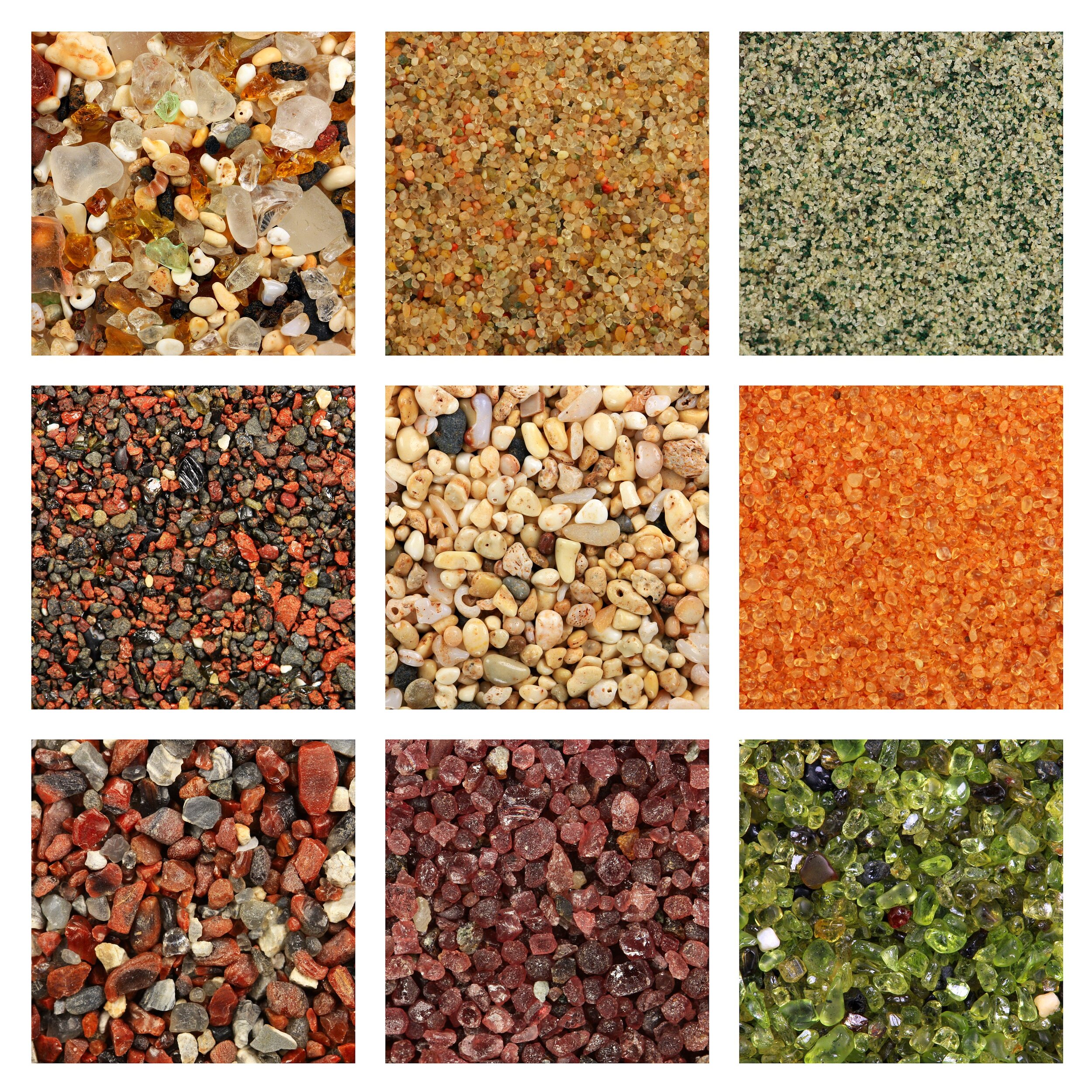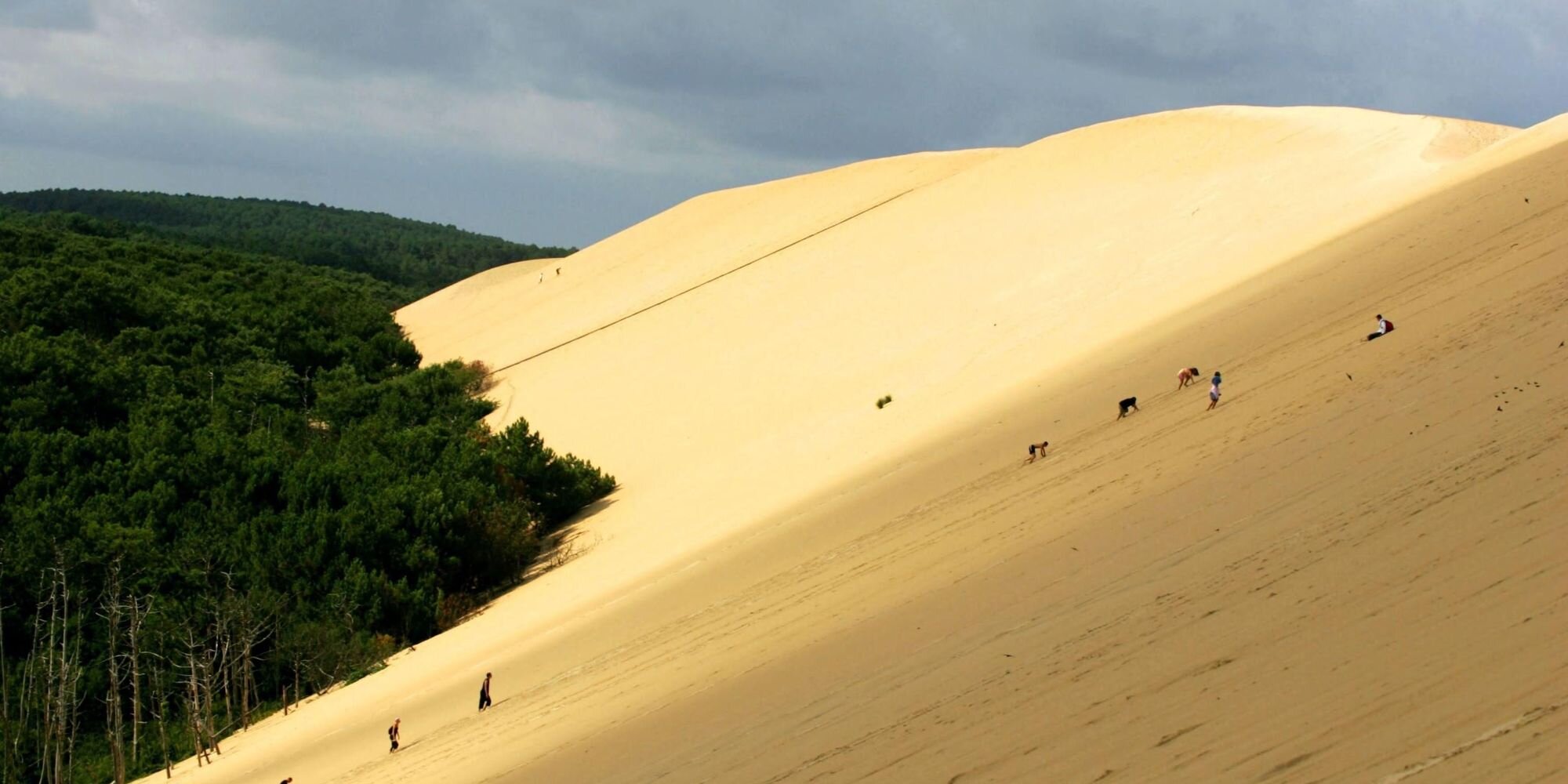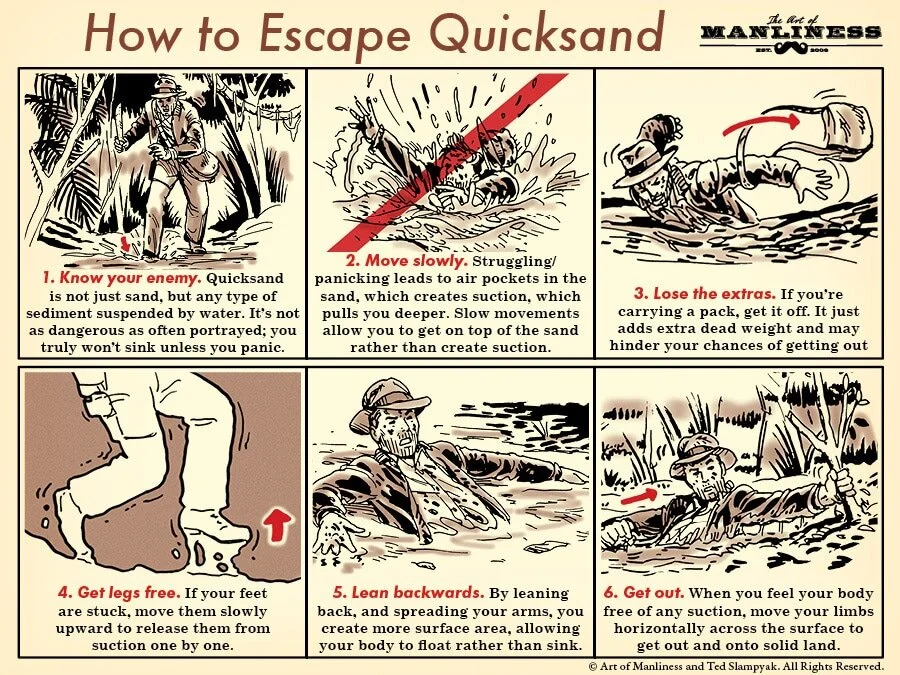By The Landlord
“To see a world in a grain of sand
And heaven in a wild flower,
Hold infinity in the palm of your hand
And eternity in an hour.” – William Blake
“Even castles made of sand, fall into the sea, eventually.” – Jimi Hendrix
“I danced along a coloured wind
Dangled from a rope of sand.” – Tom Waits
“We all have hourglass figures; your sand just settles in different places.” – Octavia Spencer
“I ignored your aura but it grabbed me by the hand,
Like the moon pulled the tide, and the tide pulled the sand.” – Talib Kweli
I have a beautiful hourglass at home. It’s more of a half-hourglass to be precise, taking almost exactly 30 minutes for that fine sand to trickle steadily through that tiny hole from one curvy, bulbous section to the other. It was a gift, designed to help me manage my time better. Half-an-hour is a handy period – one trickle-turn to get breakfast and have a wash, one to get those emails sent, one to practise those scales, one to get the next 300 words written. The idea is like a less ambitious version of Mozart and his billiard table, wherein the fevered genius flicked a ball up the other end, while he would instantly scribble a whole bar of composition in the 20 seconds it takes for the ball to travel up the other end, silently bounce off the cushion and return, again and again, for hours. No wonder he was so prolific. Except for me, it’s so fascinating to watch that sand trickle through the glass, instead it becomes a distracting metaphor, and nothing gets done at all.
But at least I’m using it now. So is this week’s theme something of a dry topic? In one way it, is but not necessarily in how it is used in song lyrics. It’s an infinitely varied landscape of metaphor and colour, of the permanent and passing time, of instability and mutability, of the solid and the fluid, of the barren and the beautiful.
And sand itself, when you look closely, is strangely fascinating in itself. If you’re a sand enthusiast and collector, you’re an arenophile. Organisms that thrive in sandy environments are psammophiles, and the study of individual grains reveals very different shapes and uses. So let’s take a quick, closer look.
Glass sand, dune sand, quartz sand, volcanic sand, coral sand, garnet sand, and olivine sand, variously from Mongolia, Estonia, Hawaii, and the US.
Broken down from millions of years of erosion of rock and mineral particles, desert sand is rounded, and is also the type transported far and wide by wind or water. But did you know that only 15% of the Sahara Desert is dunes, and the rest rock, gradually being broken down? Quartz sand that is recently weathered from granite or gneiss gneiss quartz crystals will be angular. The most common form of sand is silica (silicon dioxide, or SiO2), usually in the form of quartz. The second most common type of sand is calcium carbonate, such as aragonite, mostly been created, over the past half billion years, by lifeforms such as coral and shellfish, the smoother type you might find, say, in the Caribbean.
Angular, sharp quartz sand is called grus in geology, and is in high demand in the building trade for making concrete. But it’s also non-renewable, so while concrete is useful, it’s not very green. So you can see the irony here in this Brutalist sandcastle.
Brutalist work. Smooth and profound.
Sand has many uses. It cleanses, it builds, it protects. It’s tough stuff hewn by aeons – a foundation for modern life. It can be an abrasive cleaner for hard surfaces, such as in sandblasting. And here’s a dry irony – you can even wash dirty hands in dry sand. In agriculture sandy soils are ideal for crops such as watermelons, peaches, and peanuts. As well as for concrete, bricks contain sand as a key component, and also mortar - masonry cement. Silica sand is the main component of glass. Mixing sand with paint produces a textured finish for walls and ceilings or non-slip floor surfaces. In sand casting, foundry sand creates moulds into which molten material can be poured. It’s also used in water filtration and sandbags protect against floods. The uses are as infinite as the time it takes to create the stuff.
Colourful ideas
But for the purposes of this week’s topic, sand is also a creative resource. Art is a material for art. We maybe all remember those coloured sand bottles as children, but some take sand to even greater degrees of creativity. Let’s take a look at more from South Korea’s Haeundae Sand Festival:
Can Elvis, Bob and Amadeus stand the test of time … ?
This week we’ve sprinkled sand everywhere around the Song Bar to create our own beach for all visitors to enjoy. Can you feel it between your toes? Word has got round like a lockdown frenzy, and now piling on into our own sand festival here, a number of punters from across the ages have gathered to tell us more about the stuff, literally or metaphorically. Don’t forget social distancing, people! And here sand, perhaps most prominently, is all about perspective.
"A handful of sand is an anthology of the universe,” announces the American poet David McCord.
“Put three grains of sand inside a vast cathedral, and the cathedral will be more closely packed with sand than space is with stars,” adds the British physicist, Sir James Hopwood Jeans.
“In every outthrust headland, in every curving beach, in every grain of sand there is the story of the earth,” add the American marine biologist Rachel Carson.
But it is the passing of time that perhaps is sands biggest impression on the mind in simile and metaphor.
"Time is like a handful of sand – the tighter you grasp it, the faster it runs through your fingers,” proclaims the philosopher Henry David Thoreau.
“We write our names in the sand: and then the waves roll in and wash them away,” says the Emperor Augustus. No shit, but if that’s a cliche, it comes up again and again in music and literature, just like the tide itself. There’s a big crowd of artists who have used very much the same idea.
Sand lovers flock to Bournemouth and other beaches. Er … social distancing, anyone?
“When you draw a line in the sand, be careful it is not low tide,” says the writer Dixie Waters.
“Movies are written in sand: applauded today, forgotten tomorrow,” says the pioneering film-maker D. W. Griffith.
“What happens in the music business is that if you step out of your little spot to do something else, the sand falls right into where you stood and you're gone, you're history,” says Nancy Sinatra. Keep on walking somewhere new in those boots then, Nancy.
But how can you use sand for your creativity? “The more sand has escaped from the hourglass of our life, the clearer we should see through it,” reckons the ever-plotting Niccolo Machiavelli.
“Writers begin with a grain of sand, and then create a beach,” writes Robert Black.
“Individually, every grain of sand brushing against my hands represents a story, an experience, and a block for me to build upon for the next generation,” says the journalist Raquel Cepeda in her autobiography.
“Nothing is built on stone; all is built on sand, but we must build as if the sand were stone,” says Jorge Luis Borges, trying to build a plot.
“When you take your stand along the maker's path, you must remain utterly still. You must think like a patch of sand. Hide beneath your cloak and become a little dune in your very essence,” says Frank Herbert, in his book, Dune.
“Sand dunes are almost like ready-made buildings in a way. All we need to do is solidify the parts that we need to be solid, and then excavate the sand, and we have our architecture. We can either excavate it by hand, or we can have the wind excavate it for us,” Magnus Larsson. And with that, let’s take a look at Europe’s tallest natural dune, the Dune Du Pilat, near Arcachon, 60km from Bordeaux.
The remarkable Dune Du Pilat on the west coast of France, near Archachon.
“Actually I think art lies in both directions – the broad strokes, big picture but on the other hand the minute examination of the apparently mundane. Seeing the whole world in a grain of sand, that kind of thing,” says Peter Hammill. Nice one, Peter.
“Well, for me depression can be the sand that makes the pearl. Most of my best work came out of it,” confessed Joni Mitchell.
“‘Tusk' was clearly a line in the sand that I drew, reckons ex-Fleetwood Mac man, Lindsey Buckingham.
So clearly sand can also represent a degree of difficulty.
“It isn't the mountain ahead that wears you out; it's the grain of sand in your shoe,” says the British-Canadian poet Robert W. Service.
“And the sand doesn't care if you're made of flesh or stone,” says Joaquin Lowe, in the book Bullet Catcher.
“Yeah. Writing on the beach is not what it's cracked up to be. The sand blows, and you perspire, and the page gets all blotty and messed up, so I don't do that anymore,” adds Elmore Leonard.
And if you’ve got writer’s block? “Well, I always say, if you keep your head in the sand, you don't know where the kick's coming from,” chuckles Herbie Mann. And watch out for the quicksand while your’e at it.
Just in case …
But let’s not over ‘sink’ this. Sand is also beautiful. Let’s also just enjoy the look and feel of it. Here are few writers to help colour the picture with some lovely descriptions.
“Deserts are full of sand and winds are full of air,
both are full of something but both look quite empty
and when they get to pair
it’s easy to see they are almighty.” – Alain Bremond-Torrent
“The serenity of the lulling ocean is a wondrous thing to behold..more precious than the gems coveted and covered in platinum or gold…” – Oksana Rus
“You don’t need to be the tide to rise and fall,
you don’t have to be a wave to touch the shore;
just be a little sand-grain and feel them all.” – Munia Khan
Sand has also been an inspiring canvas for film-makers to capture moments in history, from the great key battles on the western coasts of France - Dunkirk and Omaha to the bloody battles depicted in Lawrence of Arabia. But let’s not forget how sparse and cruel the desert can be. Whatever you do, don’t use someone else’s watering hole.
In the war-time film Ice Cold In Alex, who can forget the cruelty of the slippery slope when Johnny Mills and co have to crank that van up a hill? Reminds me of Laurel & Hardy and the piano.
And there are many parodies of this Planet of the Apes ending, but the original is still worth another look. The rubbish we leave, the destruction we cause, always end up washing up on the sand.
It’s a dangerous future, especially when the greedy lunatics are running the asylum. And so when there’s nothing left but desert, perhaps also all that’s left is to wear is a pair of flip-flops. I might get some.
Hopefully this is making a small impression.
So then, washing up on the shore of our own sea of music, this week’s saviour and chief sandcastle builder, whose foundations will likely last far longer than the next tide, is the ever solid and great George Boyland, aka sonofwebcore! Carefully place your nominations in comments below for when the tide comes in at 11pm (UK time BST) on Monday for playlists published on Wednesday. Dig deep and find those treasures.
New to comment? It is quick and easy. You just need to login to Disqus once. All is explained in About/FAQs ...
Fancy a turn behind the pumps at The Song Bar? Care to choose a playlist from songs nominated and write something about it? Then feel free to contact The Song Bar here, or try the usual email address. Also please follow us social media: Song Bar Twitter, Song Bar Facebook. Song Bar YouTube. Subscribe, follow and share.
Please make any donation to help keep Song Bar running:











